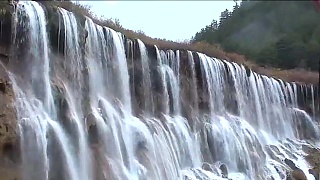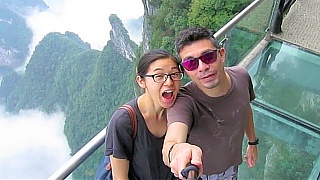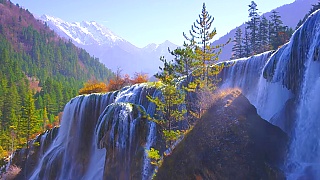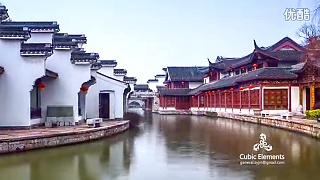Pu'Er lies in south YunNan province, south China, not far from the borders with Myanmar and Laos, and is home to a number of ethnic groups. This area is rich in vegetation and wildlife.
Pu'Er gives its name to a popular variety of fermented, aged, dark tea with a strong, earthy flavor.
Pu'Er is about a four to five hours' drive from the provincial capital, KunMing.
[640],shadow=true,start=,stop=
 Pu’Er 普洱 National Park, plus local customs and tea culture
Pu’Er 普洱 National Park, plus local customs and tea culture






















